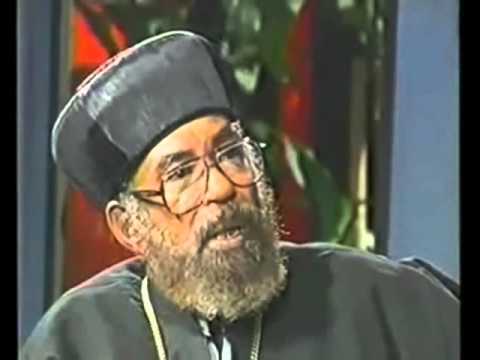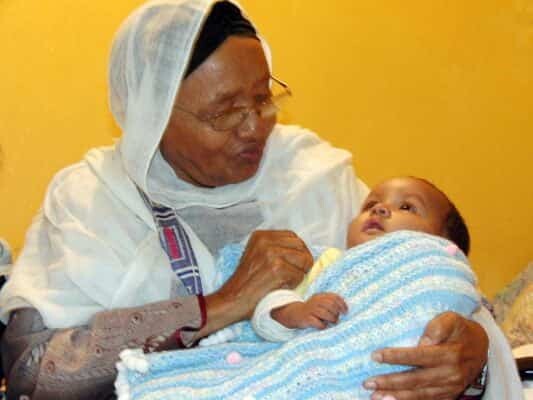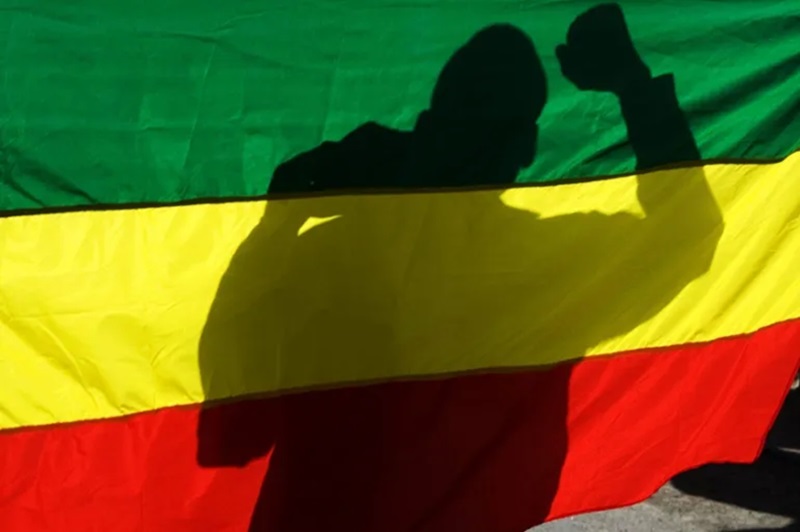 Tilahun Gessesse (1940–2009) was an iconic Ethiopian singer, widely regarded as one of the greatest and most influential figures in Ethiopian music history. He is celebrated for his exceptional vocal talent and his contribution to modern Ethiopian music, especially in the genres of Amharic pop, traditional Ethiopian music, and soulful ballads.
Tilahun Gessesse (1940–2009) was an iconic Ethiopian singer, widely regarded as one of the greatest and most influential figures in Ethiopian music history. He is celebrated for his exceptional vocal talent and his contribution to modern Ethiopian music, especially in the genres of Amharic pop, traditional Ethiopian music, and soulful ballads.
Early Life and Background
- Born: September 29, 1940, in Addis Ababa, Ethiopia.
- Tilahun Gessesse was born into a modest family in the capital city and grew up with a strong cultural and musical influence. His deep connection to Ethiopian folk traditions would later shape his distinctive style, blending traditional Ethiopian melodies with contemporary sounds.
- He was inspired by various Ethiopian musical genres, particularly the traditional azmari (a type of Ethiopian bard) music and jazz influences. His formative years in Addis Ababa exposed him to a variety of local music, which he absorbed and later adapted in his own career.
Musical Career
Tilahun Gessesse’s career spanned several decades, and he became one of the most beloved and respected figures in Ethiopian music.
- Breakthrough and Early Success:
- Tilahun’s breakthrough came in the 1960s when he began performing at Addis Ababa’s famous Hager Fikir Theatre. His remarkable voice, wide vocal range, and unique style quickly earned him a loyal following.
- He became widely known for his ability to sing in a variety of styles, combining traditional Ethiopian sounds with modern elements of jazz and soul music.
- Contributions to Ethiopian Music:
- Tilahun Gessesse was a key figure in popularizing modern Ethiopian music. He was particularly known for songs that highlighted Ethiopia’s rich cultural heritage while appealing to younger audiences.
- One of his most famous songs, “Tizita,” is often described as a classic of Ethiopian music. Tizita is a melancholic ballad that has become one of the most enduring anthems of Ethiopian nostalgia and longing. Many Ethiopian artists still reference or cover his work today.
- Over the course of his career, Tilahun released numerous albums and singles, many of which became deeply embedded in Ethiopian culture. His songs often carried themes of love, social issues, and personal reflection.
- Legacy of “Golden Voice”:
- He was often referred to as “the Golden Voice of Ethiopia” due to the smooth, resonant quality of his voice, which could shift effortlessly from emotional ballads to powerful up-tempo songs. His voice captured the emotional depth of Ethiopia’s soul, and he was regarded as one of the finest male singers of his generation.
- His signature style combined the Ethiopian scale system with a broad range of influences, and his music often included the use of traditional instruments like the krar (a type of lyre) and masinko (a traditional one-stringed instrument), along with modern elements like horn sections and jazz rhythms.
- International Recognition:
- Although Tilahun achieved national fame, his influence was not confined to Ethiopia. He garnered recognition from the global Ethiopian diaspora, where his music continued to resonate with people of Ethiopian descent living abroad.
- He also performed internationally, including in Europe and the United States, where his concerts attracted large crowds of Ethiopians and fans of African music in general.
Personal Life and Impact
- Tilahun was a beloved figure in Ethiopia, known not only for his music but also for his charitable efforts and support of cultural projects. He was involved in various humanitarian activities and worked to promote Ethiopian culture both within and outside the country.
- He is remembered not only for his incredible voice but also for the integrity and dignity he brought to the music industry, becoming an inspiration for countless Ethiopian artists who followed in his footsteps.
- He performed at several significant events, including Ethiopian New Year celebrations, weddings, and national holidays, further solidifying his place in the hearts of the Ethiopian people.
Decline in Health and Death
- In his later years, Tilahun’s health began to decline, and he faced a series of health complications. Despite this, he remained an active figure in Ethiopian culture until his final years.
- Tilahun Gessesse passed away on May 19, 2009, at the age of 68, due to health complications. His death was widely mourned across Ethiopia, and his passing marked the loss of one of Ethiopia’s most cherished cultural icons.
Legacy and Influence
- Tilahun Gessesse’s impact on Ethiopian music is immeasurable. He is remembered as a trailblazer who fused traditional Ethiopian music with modern influences, making it accessible to both older and younger generations.
- His songs continue to resonate with listeners, and his legacy is celebrated through tributes, festivals, and by younger Ethiopian musicians who draw inspiration from his work. Many of his songs, such as “Tizita,” remain staples of Ethiopian music, and he is considered a foundational figure in the development of contemporary Ethiopian music.
- He has been posthumously honored through various awards and commemorations, including statues and documentaries, preserving his place in the cultural history of Ethiopia.
Conclusion
Tilahun Gessesse will always be remembered as one of the most powerful voices in Ethiopian music, whose work transcended borders and resonated deeply with the Ethiopian people. His contribution to the Ethiopian music scene and his role in modernizing Ethiopian music left an indelible mark that continues to inspire musicians and music lovers today.

















